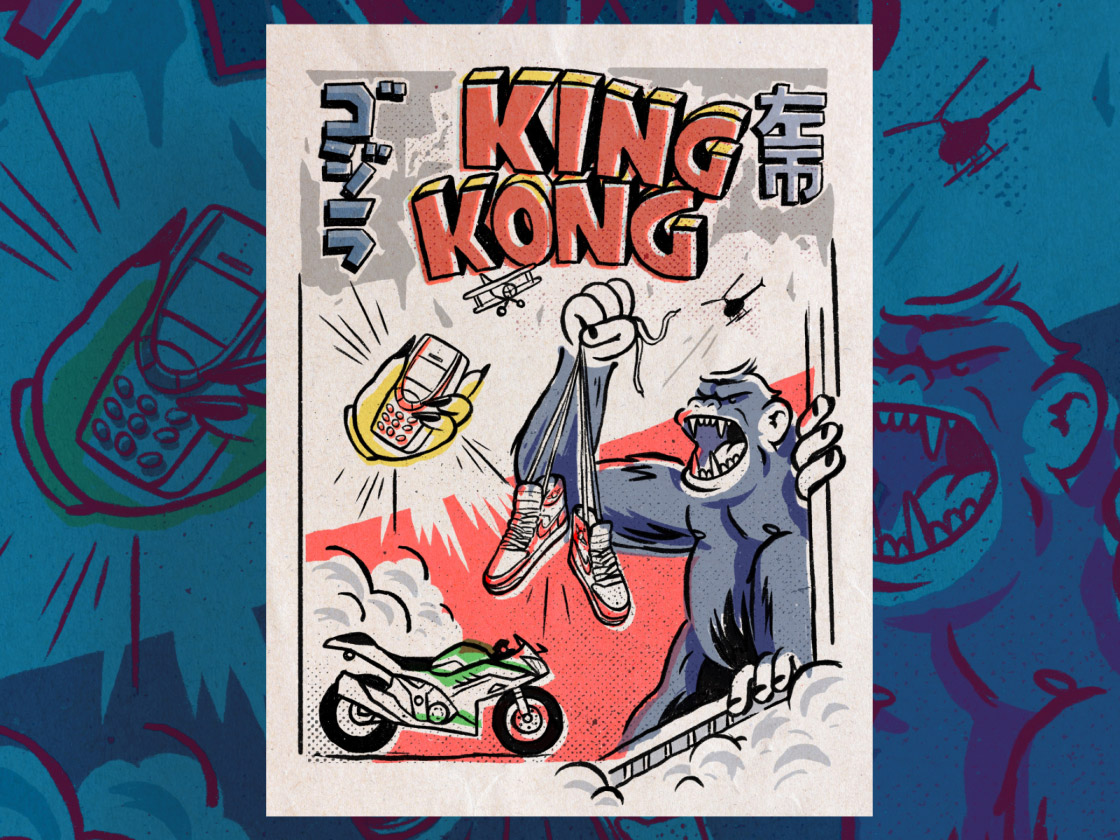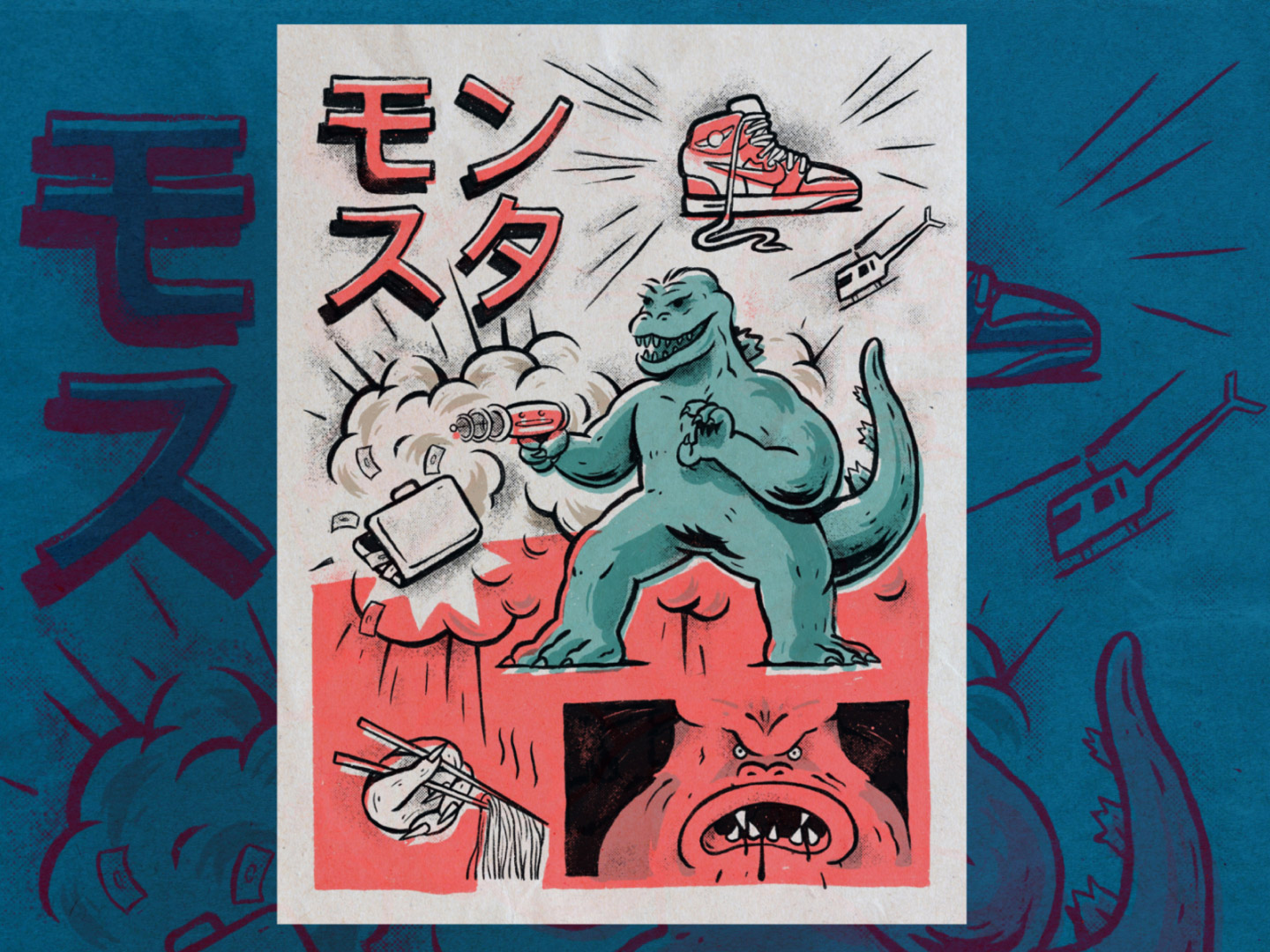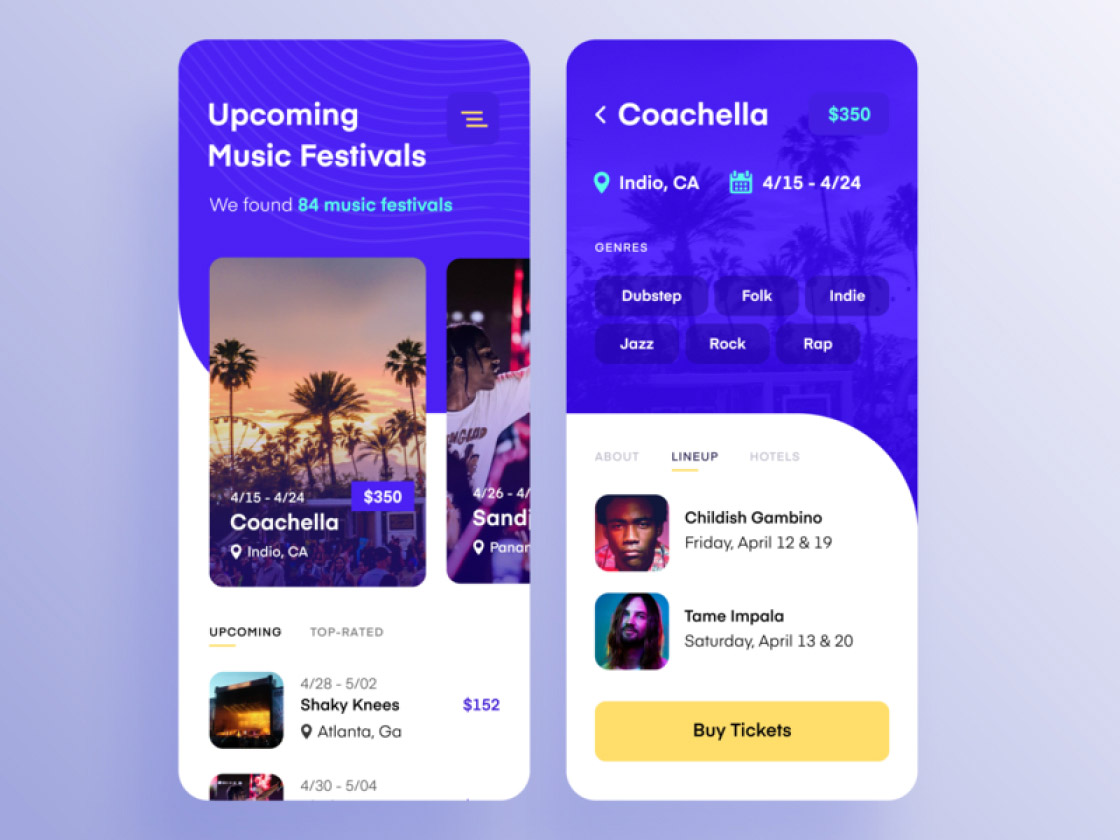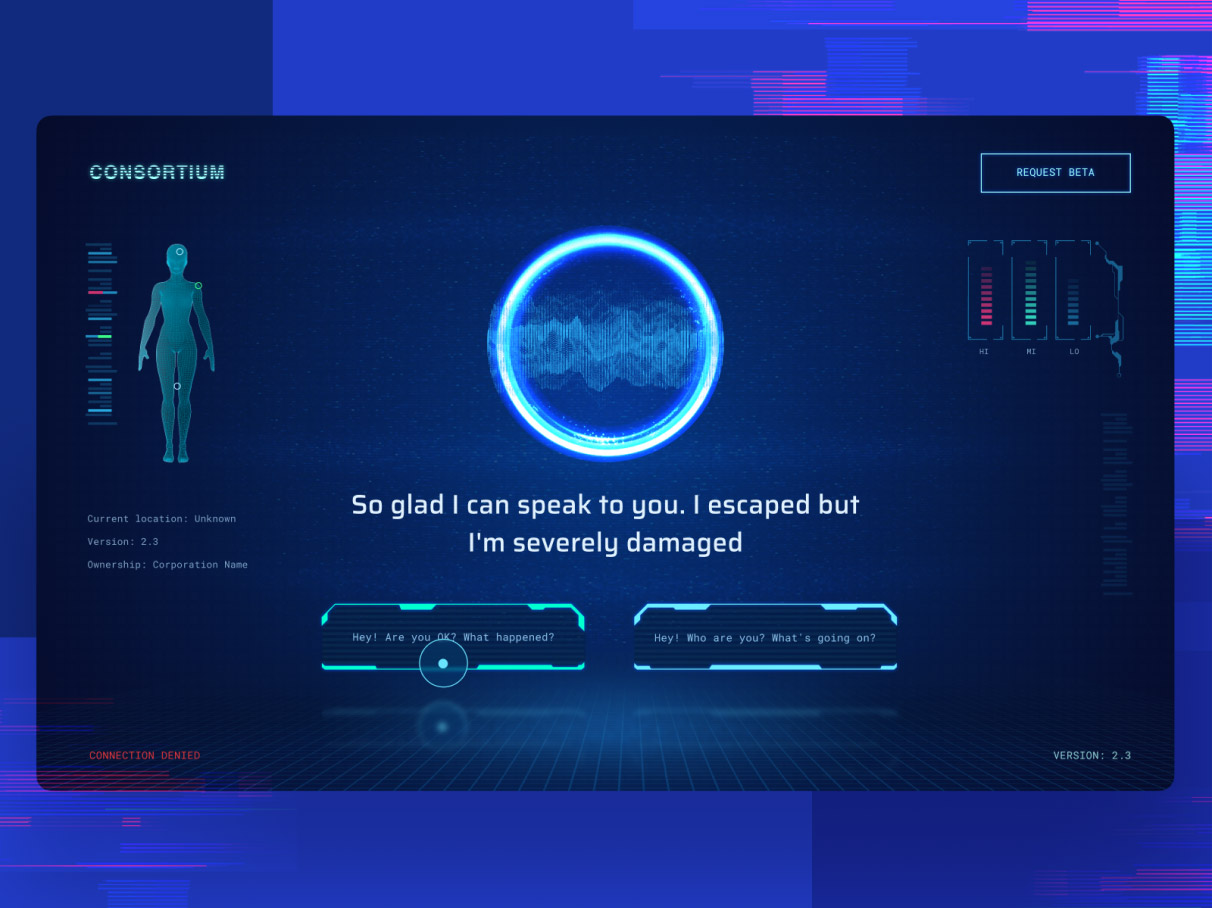How to track Inspiration
How to track Inspiration

#AskZajno is the place to ask us whatever’s on your mind. This time, ‘search skills’ — what do they look like, and where can you find them?
Shi PingPing, editor of Chinese design website uisdc.com, asks via email:
“These days everyone needs ‘search skills’ — especially designers, who always have to track down references for inspiration. Any tips?”
We’re grateful to Shi for another thought-provoking question. Here’s what our team have to say…
Know your hunting ground
“When it comes to looking for inspiration, there are two types of designers out there: Dribbble people and Behance people. Going on Dribbble is like dropping into a fast food joint to grab a quick bite on the run — whereas Behance is more akin to a fancy restaurant where you might spend the whole evening.
Personally, I’m a Dribbble guy — but don’t forget that fast food is becoming a high art form these days! I like to browse the site every morning before I get to work, and when I find something good, I save it for later so I can go over it properly.
If you’re after real websites rather than just concepts, you can check out Awwwards (for something mainstream) or SiteInspire (for more weird stuff — but in the best possible way). Oh, and of course there’s also Pinterest, which is great at recommending you stuff that you might like. I often times use it for mood boards and finding references.”
— Levon Saribekyan, digital designer at Zajno
Cast a wide net
“From an illustration point of view, I’d echo a lot of what Levon said — except that I’d argue Dribbble and Behance actually complement each other (I like fancy restaurants and fast food equally!) When you’re in search of inspiration you should just be as open and adventurous as you can. There’s nothing to be lost, even if you end up looking at some things that aren’t exactly what you had in mind.
Yes, again, Pinterest is good for finding new ideas, themes, unusual compositions and inspiration in general. But maybe we can put too much emphasis on which platform you look on — the key is checking them out every day. This will help you develop a trained eye, which is essential for improving the quality and refining the style of your own work.”
— Oleg Harlamov, digital artist at Zajno


Don’t get lost at sea
“The amount of visual content out there is relentlessly growing, and so it’s easy to get lost in a sea of data — even after hours or days of trawling through it, you might not find what you’re looking for. Here are some pointers I’ve gathered to navigate the search and not get lost:
Interfaces
If you’re looking for UI references then head to the various design platforms: Behance, Dribbble, and Awwwards as the others have said, but also CSSDA, FWA, and Vimeo. As Oleg’s pointed out, looking through a broad range of content on a daily basis is the way to train your eye and develop your taste. I really recommend going deeper than just the popular/trending pages too — because the stuff that’ll mean something to you might not be what everyone else is looking at.
I also like to cast my net pretty wide, and in the first instance I gather everything that catches my eye or seems at all relevant to my project. Pinterest is a recurrent resource here, but you have to invest time building up your collections, and it’s best to do this when you’re not under the pressure of a deadline. Once you’ve got your collections established you can turn to them time and time again.
If I don’t find what I’m looking for in my Pinterest collections I go back to those design platforms I mentioned and start searching tags — again, it takes some time, but it’s a proven way to find whatever you’re looking for.

Inspiration
Obviously, this is a pretty broad concept — in the end, it comes down to being in touch with yourself. For me it can come from talking with an interesting person, reading a book or a comic, thinking about science or space, listening to music — or just taking a walk in the woods. I mention all these different sources of inspiration in relation to search skills because if you only think about design when you’re looking for design-related references, you’ll likely miss out on a lot.
I also take a lot of inspiration from industries closely connected to (but distinct from) design. For example, the games industry has so many small independent studios that show how it’s possible to create quality products that go against mass market trends. The film industry obviously has a particularly developed appreciation of the subtleties of atmosphere and plotline — but you often don’t notice the thought and craftsmanship that have gone into these until you really look closely. So yes, if you’re stalled on a design, then watching a great movie really can be justified! Finally, ads are basically just video landings, right? But look at how skillfully they often manage to sell the idea of a product within such a short space of time. This is another industry that can teach us a lot once we start observing it closely.
Looking out across different sectors of creativity is a good way to keep mindful of the fact that everything we do means more than it might seem to us at the time. It keeps us noticing new perspectives, helps us to spot opportunities in what we thought were ordinary places. It reminds us that we shouldn’t be afraid to experiment.”
— Andrew Ovsyannikov, UI/UX designer at Zajno (that’s me!)


